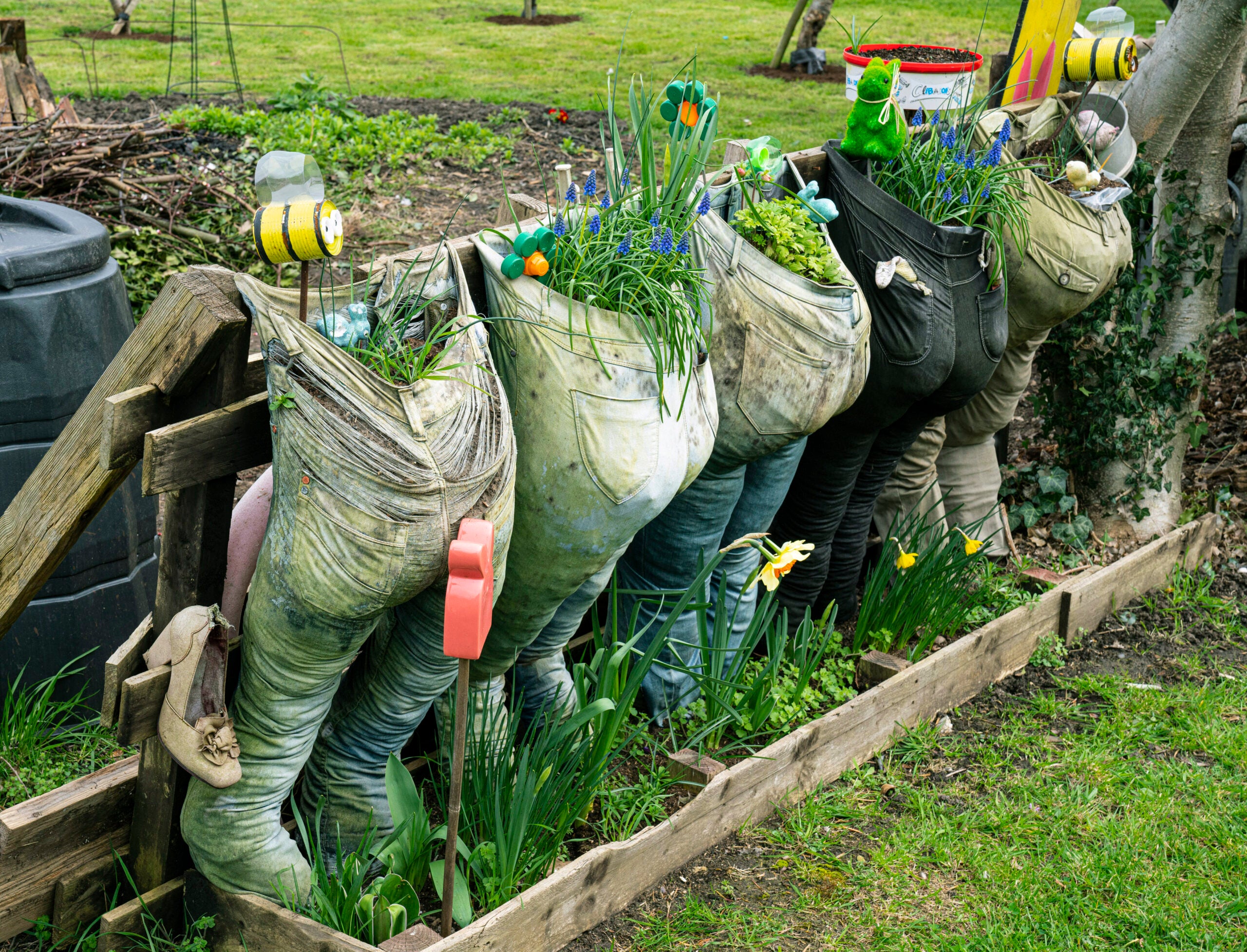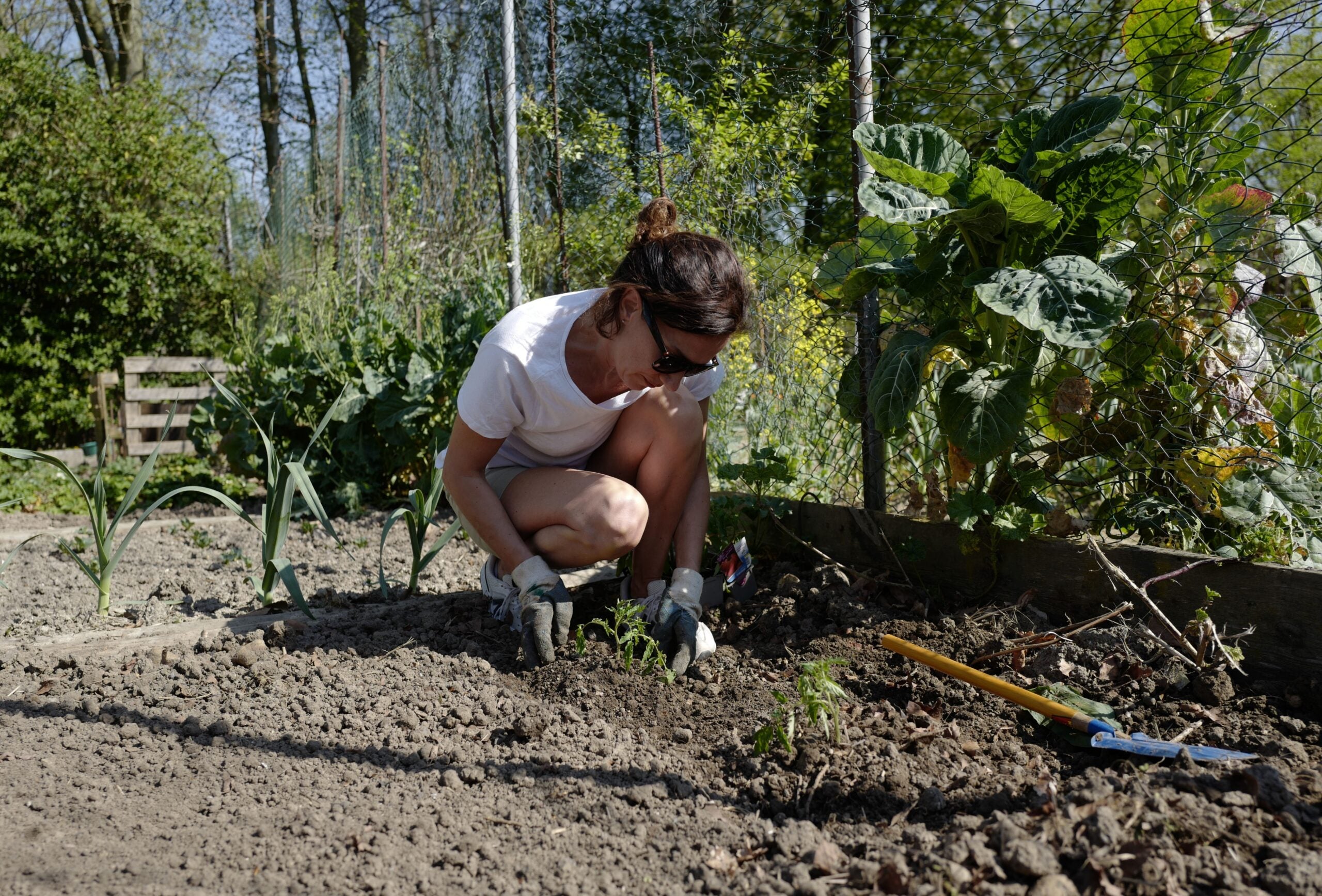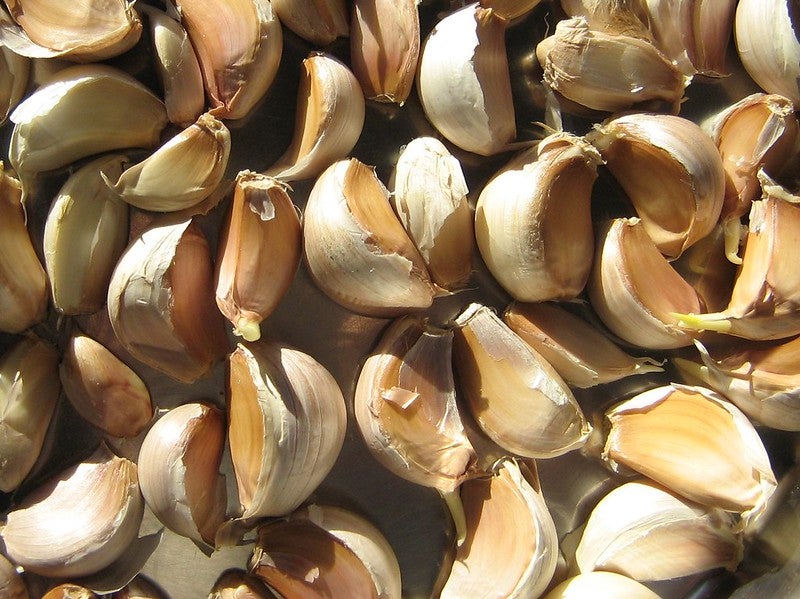Whether you’re growing a vegetable garden for the first time or you’re a seasoned pro, when you’re working with a small space, you’ll likely need to get creative with your approach.
Melinda Myers, host of “Melinda’s Garden Moments,” spent 26 years gardening in a tiny lot in Milwaukee. During that time, she learned a thing or two about how to get the most out of her space.
“We want to take advantage of not only every square foot, but every square inch of space,” she said.
News with a little more humanity
WPR’s “Wisconsin Today” newsletter keeps you connected to the state you love without feeling overwhelmed. No paywall. No agenda. No corporate filter.
Zero in on two areas, she said — maximize your space and maximize your harvest. Myers shared tips on how to do that, no matter the size of your garden.

Maximizing Space
Interplanting
Myers said to plant fast growing crops in the space between slow growing crops, yielding two crops out of one space.
“Let’s say you’re planting cabbages, in between where you put those little transplants a foot apart, boy, there’s a lot of wasted space,” she said. “And what grows? Weeds. How about also planting some radishes?”
By the time you harvest the radishes 30 days later, the cabbages have started to fill that space, Myers said. Do the same with tomatoes and peppers (slow growing crops) and plant beets or leaf lettuce (fast growing crops) in between.
Succession planting
Succession planting means growing a variety of plants in the same space one after another.
Myers suggests starting with lettuce in the spring when the temperatures are cool. After harvesting the lettuce when temperatures get hot, replace the lettuce with onions or beans.
“When those are harvested, follow up with a fall crop of radishes,” she said. “Three different plantings in one row, a great way to maximize space.”
Vertical Planting
Myers likes to grow Malabar spinach up a trellis. While not a true spinach, it has a buttery, nutty spinach flavor, she said.
“By growing it up on a trellis, then it’s not crawling over the ground and has better airflow, so I have fewer disease problems and it’s easier to pick,” she said.
Myers also recommends growing cucumbers and pole beans vertically, though there are many options for training edibles to grow vertically.
Maximize Harvest
Know your vegetables and the proper way to harvest them, Myers said. If you harvest regularly, you’ll get the best flavor and nutritional value — and your plants will continue to grow and produce more fruit. Myers shared how to properly harvest four common garden vegetables.
Zucchini: The goal when growing zucchini is not to reach baseball bat size, Myers said. Harvest them when they’re about 8 inches long and they’ll be flavorful and tender. If your garden is producing too many to keep up with, Myers suggests pickling spears of zucchini.
Leaf lettuce: Pick the outer leaves when they’re about 4 to 6-inches long, she said. They’ll keep producing more until it gets too hot, then consider replanting with a more heat tolerant variety.
Tomatoes: If you can let a fully colored tomato stay on the vine for an extra five or so days, do it, Myers said. They’ll be even sweeter. However, most gardeners are battling chipmunks and squirrels for the fruit — in that case, pick them early and let them finish ripening inside.
Cabbage: When you harvest a full-sized head of cabbage, be sure to leave the outer ring of leaves intact and you’ll get four or five smaller heads from that same plant, Myers said. Even a few plants will go a long way and should give you enough to make plenty of slaw and maybe even preserve some sauerkraut, she said.
Wisconsin Public Radio, © Copyright 2025, Board of Regents of the University of Wisconsin System and Wisconsin Educational Communications Board.



